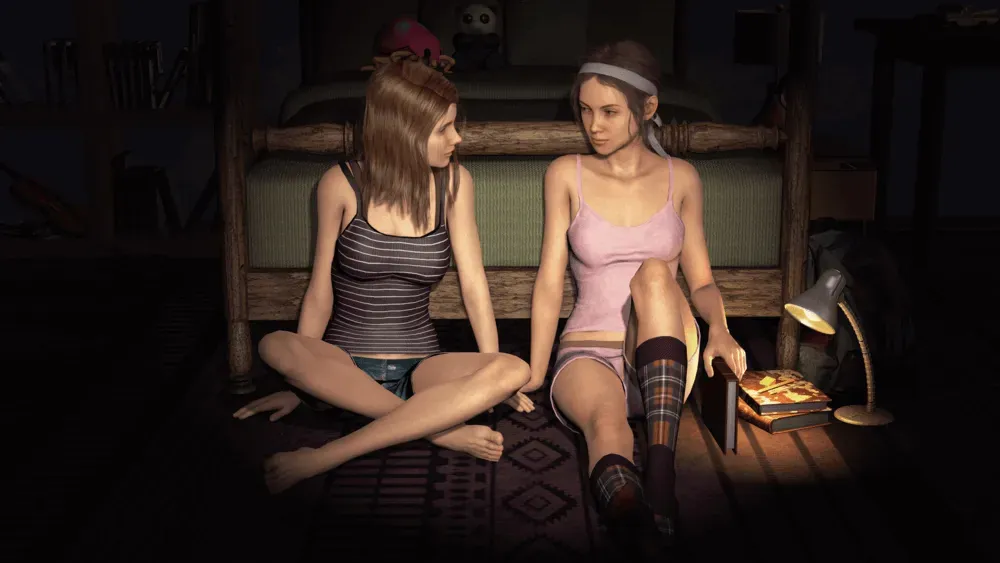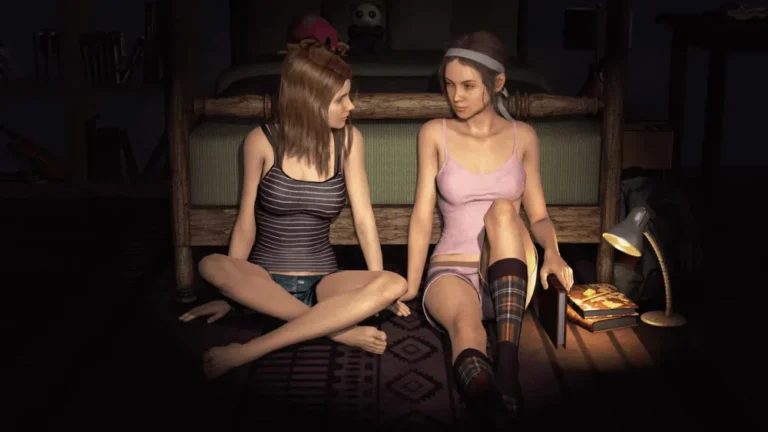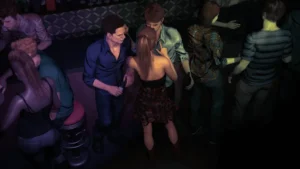
Short Sad Stories
Play Short Sad Stories
Short Sad Stories review
Understanding the Unique Narrative and Gameplay of Short Sad Stories
Short Sad Stories is a distinctive interactive experience that blends storytelling with immersive gameplay. This article explores the game’s unique narrative style, emotional depth, and player engagement. Whether you’re curious about its storyline, gameplay mechanics, or the emotional journey it offers, this guide provides a comprehensive overview to help you understand what makes Short Sad Stories stand out in its genre.
What Makes Short Sad Stories Game Unique?
What Makes Short Sad Stories Game Unique?
Ever played a game that lingers in your mind like a haunting melody? 😢 That’s Short Sad Stories for you—a masterpiece where every pixel and whisper tugs at your soul. Forget sprawling epics; this gem packs emotional tsunamis into bite-sized tales. 💔 What sets it apart? It’s not just about sadness—it’s about how the narrative, mechanics, and sensory design fuse to create something unforgettable. Let’s unpack why this experience feels like therapy disguised as playtime.
Narrative Style and Emotional Themes
Short Sad Stories game narrative thrives on minimalism with maximum impact. Think poetry, not prose. Each vignette—like a grieving parent packing a child’s lunchbox, or a ghost revisiting their old café—uses sparse dialogue and environmental clues to gut-punch your feelings. 🥹 Unlike traditional games, there’s no exposition dump. Instead, subtle details (a wilted flower, a half-written letter) whisper the backstory. This emotional storytelling game approach forces you to feel, not just observe.
I’ll never forget my first playthrough: “The Lighthouse Keeper.” 🌊 You control an old man signaling ships in a storm, knowing your estranged daughter is aboard one. The game never spells it out—you just find her childhood drawings in your desk. 😭 My choices? Do I flash the light “I’M SORRY” in Morse code? Or stay silent? I sobbed at my desk for 10 minutes after. That’s the power of show-don’t-tell storytelling.
💡 Pro Tip for New Players: Don’t rush! Sit with the silence. Read every note. The pain hides in margins.
These micro-stories explore universal wounds—regret, loneliness, forgiveness—making them relatable. The emotional game experience sticks because it mirrors real-life ambiguity. Was that character’s smile genuine? You decide. 🤔
Gameplay Mechanics and Player Interaction
Here’s where Short Sad Stories flips expectations. Its interactive gameplay mechanics aren’t about combos or loot—they’re emotional lever-pullers. 🕹️💥 You might:
– Choose dialogue with a timer (hesitate too long, and silence speaks for you).
– Rearrange objects (e.g., placing photos in a “memory box” to trigger flashbacks).
– Control pacing (walking slowly intensifies mood; rushing skips subtle cues).
Every action feeds into player choice impact. In “The Last Train,” picking who sits beside you alters three endings: hopeful, bitter, or resigned. There are no “right” answers—just consequences that hurt differently. 😔 Your choices aren’t about winning; they’re about self-discovery. Did you prioritize honesty or mercy? The game holds up a mirror.
What’s genius? The mechanics serve the narrative. For example:
– A shaky cursor when your character is crying.
– “Foggy” controls during disorienting grief moments.
| Narrative Element | Gameplay Feature | Player Impact |
|---|---|---|
| Unspoken regret | Interactive flashbacks | Unlocks hidden dialogue |
| Isolation theme | Limited NPC interactions | Amplifies loneliness |
| Time-sensitive choices | 10-second decision windows | Creates authentic urgency |
💡 Play Smarter: Save before key scenes! Replay to explore how tiny choices ripple.
Visual and Audio Design Impact
Visuals and sound aren’t just dressing here—they’re emotional weapons. 🎨🔊 The game visual design uses:
– Desaturated palettes—grays and blues that make rare warm tones (a red scarf, a sunset) scream with meaning.
– Minimalist art—sketch-like characters where blurred faces invite projection.
– Dynamic lighting—flickering lamps or dying embers mirroring hope’s fragility.
Meanwhile, audio design in games does heavy lifting:
– A piano score that pauses mid-note during tragic reveals. 🎹
– Ambient sounds (rain, distant trains) that grow louder in lonely scenes.
– Silence as a deliberate tool—sometimes, what’s not heard hurts most.
During “Empty Chairs,” the audio of a rocking chair creaking alone in an empty room wrecked me more than any dialogue. 😭 The synergy is intentional: visuals frame loss, sound amplifies it, and mechanics make you live it. This trifecta crafts an emotional game experience that’s less “play” and more “soul immersion.” 🌌
💡 First-Timer Advice: Use headphones! The left/right audio cues (e.g., whispers from a specific direction) are narrative gold.
Final Thoughts: What makes Short Sad Stories revolutionary? It treats sadness not as a theme, but as a language. 🗣️💧 Every choice, pixel, and note conspires to make you feel seen. New players: embrace the discomfort. Let the tears flow. This isn’t just a game—it’s a shared human moment. ✨
🚀 Ready to Dive? Start with “The Lighthouse Keeper.” Bring tissues.
Short Sad Stories offers a unique blend of narrative depth and interactive gameplay that resonates emotionally with players. Its thoughtful design and immersive elements create a memorable experience worth exploring. Whether you’re a fan of story-driven games or looking for something that challenges your emotional engagement, Short Sad Stories is a compelling choice. Dive in and discover the layers of storytelling and interaction that make this game truly special.









